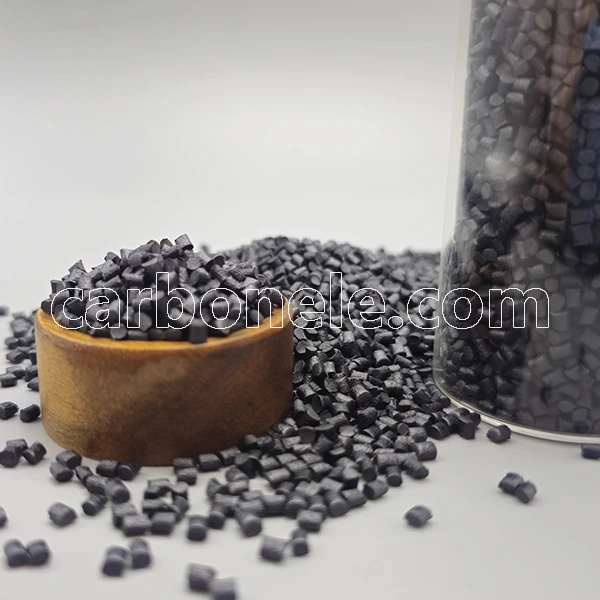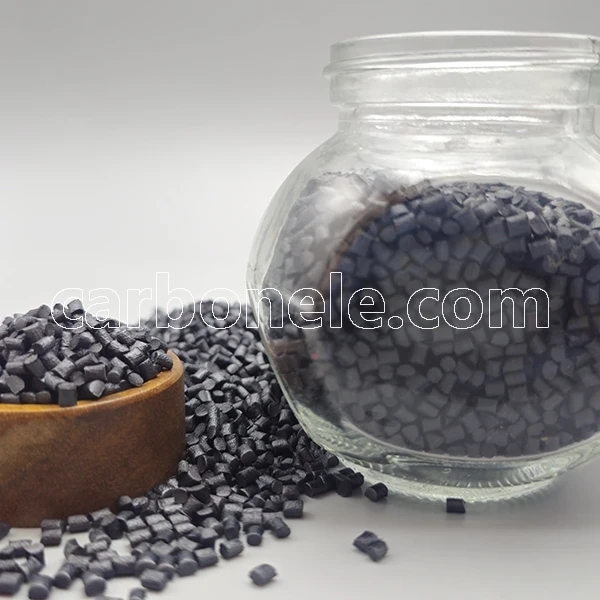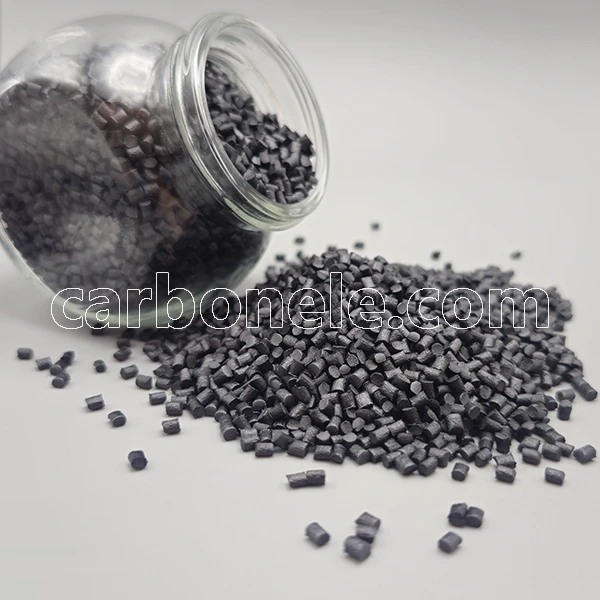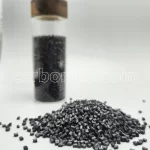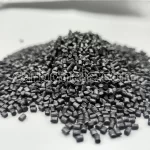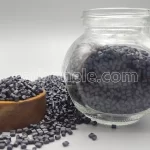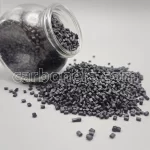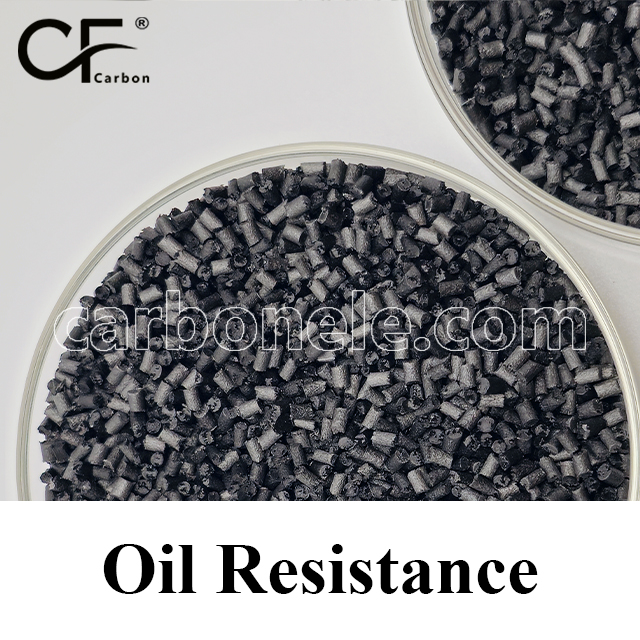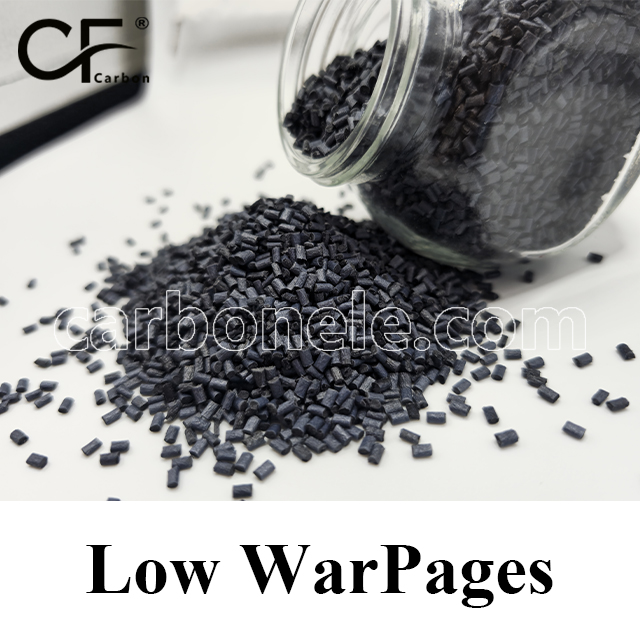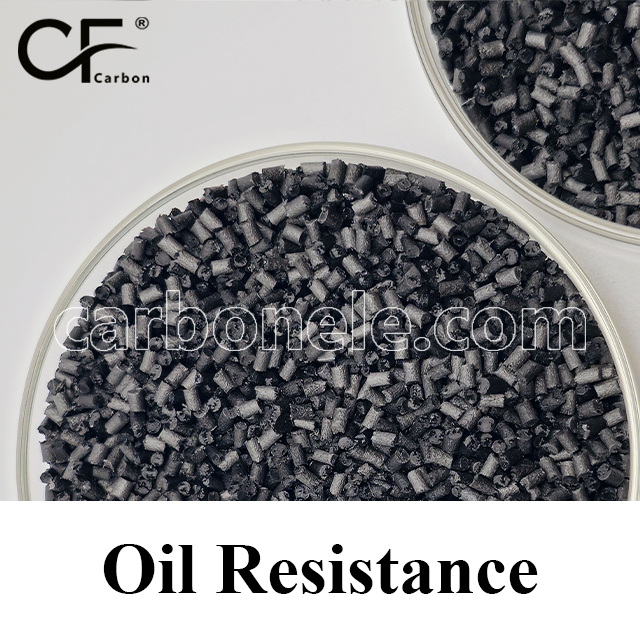
50% Carbon Fiber PEI Compounds for Drone Fuselages
50% Carbon Fiber PEI Compounds are remarkable thermoplastics with 50% carbon fiber. They combine PEI’s properties with carbon fibers, boosting rigidity and reducing weight. Essential in demanding scenarios, they’re vital in aerospace and automotive, and contribute in high-tech engineering.
- Manufacturer: Carbon New Material
- OEM/ODM: Acceptable
- Color: Black
- Free Samples: ≤25kgs
- MOQ: 100kgs
- Port: Xiamen
- Model Number: PEI-CF-BCA5
What are 50% Carbon Fiber PEI Compounds?
50% Carbon Fiber PEI Compounds are truly remarkable high-performance thermoplastic materials, where the carbon fiber content constitutes an impressive 50% by weight.
They ingeniously combine the inherent properties of polyetherimide (PEI), which is renowned for its exceptional high temperature resistance and considerable strength, with the reinforcing effect of carbon fibers.
The inclusion of carbon fibers not only significantly boosts the rigidity of the material but also leads to a notable reduction in weight. These compounds find their indispensable application in highly demanding scenarios where attributes such as extraordinary high strength, outstanding durability, and unwavering thermal stability are of paramount importance.
Specifically, they play a vital role in the aerospace sector, where components need to withstand extreme conditions of temperature and stress. In the automotive industry, they are employed in critical parts to enhance performance and safety. Additionally, in the realm of high-tech engineering, they contribute to the creation of advanced and reliable systems.
PEI CF50 in Aerospace & Automotive Industry
In today’s technological realm, where the pursuit of ultimate performance is unwavering, 50% Carbon Fiber PEI Compounds are boldly leading a revolutionary transformation in materials science with their astonishing strength and remarkable heat resistance. As a high-performance thermoplastic composite meticulously filled with carbon fibers, this product is far more than a simple upgrade in materials; it represents a significant breakthrough in application fields. Next, let’s delve deeply and meticulously into the outstanding performance of this cutting-edge material in practical application scenarios, especially its remarkable application in the cutting-edge aerospace field.
Breakthroughs in Aerospace
Just imagine, in the construction of spacecraft in the vast universe, weight and heat resistance are undoubtedly two crucial factors. 50% Carbon Fiber PEI Compounds, with its remarkable continuous use temperature of up to 250°C and incredibly lightweight nature, has rightfully become the ideal and preferred material. This material, meticulously crafted and produced by Carbon (Xiamen) New Material, significantly enhances the rigidity and strength of the material itself through the application of advanced carbon fiber filling technology. A highly representative application example is in the exquisite design of the fuselage of new types of unmanned aircraft. This material not only successfully reduces the overall weight but also significantly improves the durability and impact resistance of the fuselage. This enables the unmanned aircraft to soar steadily and freely even in extremely harsh environments.
New Choices in the Automotive Industry
Furthermore, the automotive industry has also keenly discovered the immense potential inherent in 50% Carbon Fiber PEI Compounds. In the crucial braking systems of high-performance sports cars, the ingenious application of this innovative material greatly enhances the heat resistance and wear resistance. Just try to envision that this advanced composite material can consistently maintain outstanding performance under the demanding conditions of high-temperature braking, thereby significantly improving the safety and handling stability of the vehicle. Numerous automotive manufacturers are currently actively and enthusiastically exploring how to widely apply this leading material to more key components in order to comprehensively enhance the performance level of the entire vehicle.
50% Carbon Fiber PEI Compounds undoubtedly represent the development direction of future materials. Its extraordinary and outstanding performance has opened up brand new and broad possibilities for numerous high-tech fields. Whether in the expansive aerospace field or the fiercely competitive automotive industry, this cutting-edge material has fully demonstrated its unique and irreplaceable valuable worth.
Learn more details about 50% Carbon Fiber PEI Compounds or other CFRTPs by watching videos, please click here.
If you would like to buy the product, please do not hesitate to let us know.
Advantages of Polyetherimide
The advantages of PEI are as follows: 1. Excellent heat resistance: It can withstand high temperatures without significant degradation of properties. 2. High mechanical strength: It has strong tensile and compressive strength, providing durability. 3. Good chemical resistance: It is resistant to a wide range of chemicals, ensuring stability in various environments. 4. Excellent dimensional stability: It maintains its shape and size with minimal variation under different conditions.

Advantages of Carbon Fibers
The advantages of carbon fiber are as follows: 1. Exceptional strength: It has extremely high tensile strength, making it very robust. 2. Lightweight: It is much lighter than many traditional materials while maintaining strength. 3. High stiffness: It offers great rigidity and resistance to deformation. 4. Excellent heat resistance: It can withstand high temperatures without losing its properties. 5. Good fatigue resistance: It can endure repeated loading and unloading without significant damage.
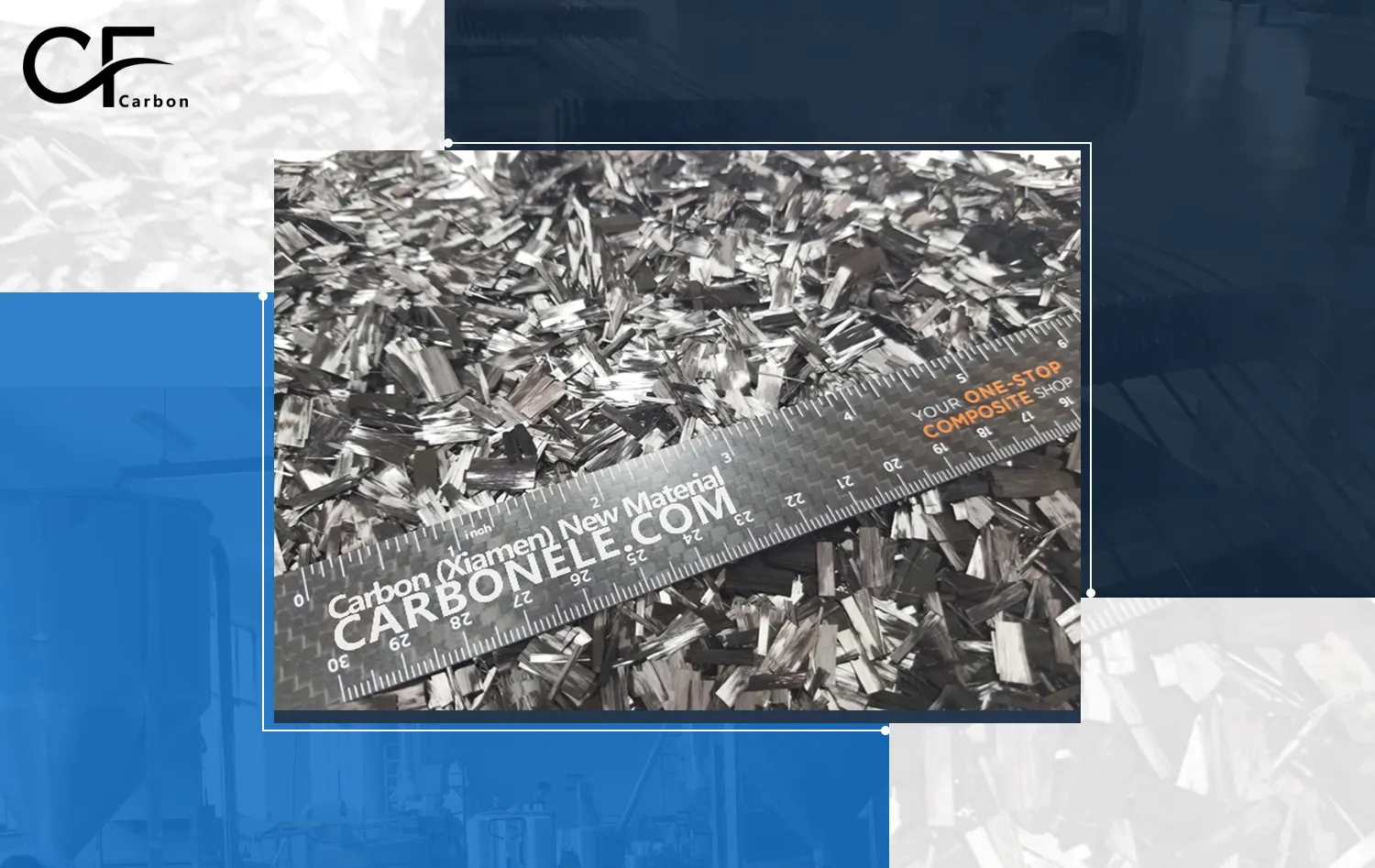
Frequently Asked Questions
Carbon (Xiamen) New Material Co., Ltd. aims to provide buyers with "one-stop" worry-free high-quality services. Here you can find all information about carbon fiber engineering plastics. If you still have questions, please send us an email for consultation!
-
How can I contact the manufacturer of a product that interests me?
When you find a product you are interested in, you can contact the manufacturer directly by sending an email and we will get back to you as soon as possible.
-
How do I find the products that interest me?
All you need to do is enter the keyword, product name in the search window and press the Enter key on your keyboard. Your search results page will then be displayed. You can also search within the product category pages on the home page. Each category is divided into subcategories, allowing you to refine your search and find products that interest you.
-
Where will I find a buying guide?
Please contact our after-sales service directly and we will provide you with a comprehensive operating guide.
-
What are CF Reinforced Thermoplastic Composites?
CF Reinforced Thermoplastic Composites are materials where carbon fibers are incorporated into a thermoplastic matrix. They combine the strength and stiffness of carbon fibers with the processability and recyclability of thermoplastics. For instance, they are used in automotive parts like bumper beams.
-
What are the benefits of CF Reinforced Thermoplastic Composites over traditional composites?
The key benefits include faster production cycles, easier recyclability, and better impact resistance. They also offer design flexibility. An example is in the manufacturing of consumer electronics casings where complex shapes can be achieved more easily.
-
How are CF Reinforced Thermoplastic Composites processed?
Common processing methods include injection molding, extrusion, and compression molding. Injection molding is widely used for mass production. For example, in the production of small components for the medical industry.
-
What industries use CF Reinforced Thermoplastic Composites?
They are utilized in aerospace, automotive, medical, and sports equipment industries. In aerospace, they can be found in interior components. In the medical field, they might be used in prosthetics.
-
How does the carbon fiber content affect the properties of the composites?
Higher carbon fiber content generally leads to increased strength and stiffness but may reduce ductility. A moderate content is often balanced for specific applications. For example, a higher content might be preferred in structural parts of a race car.
-
What are the challenges in using CF Reinforced Thermoplastic Composites?
Challenges include higher material costs, complex processing equipment requirements, and ensuring uniform fiber dispersion. Issues with adhesion between the fibers and the matrix can also arise. An example is in achieving consistent quality in large-scale production.









